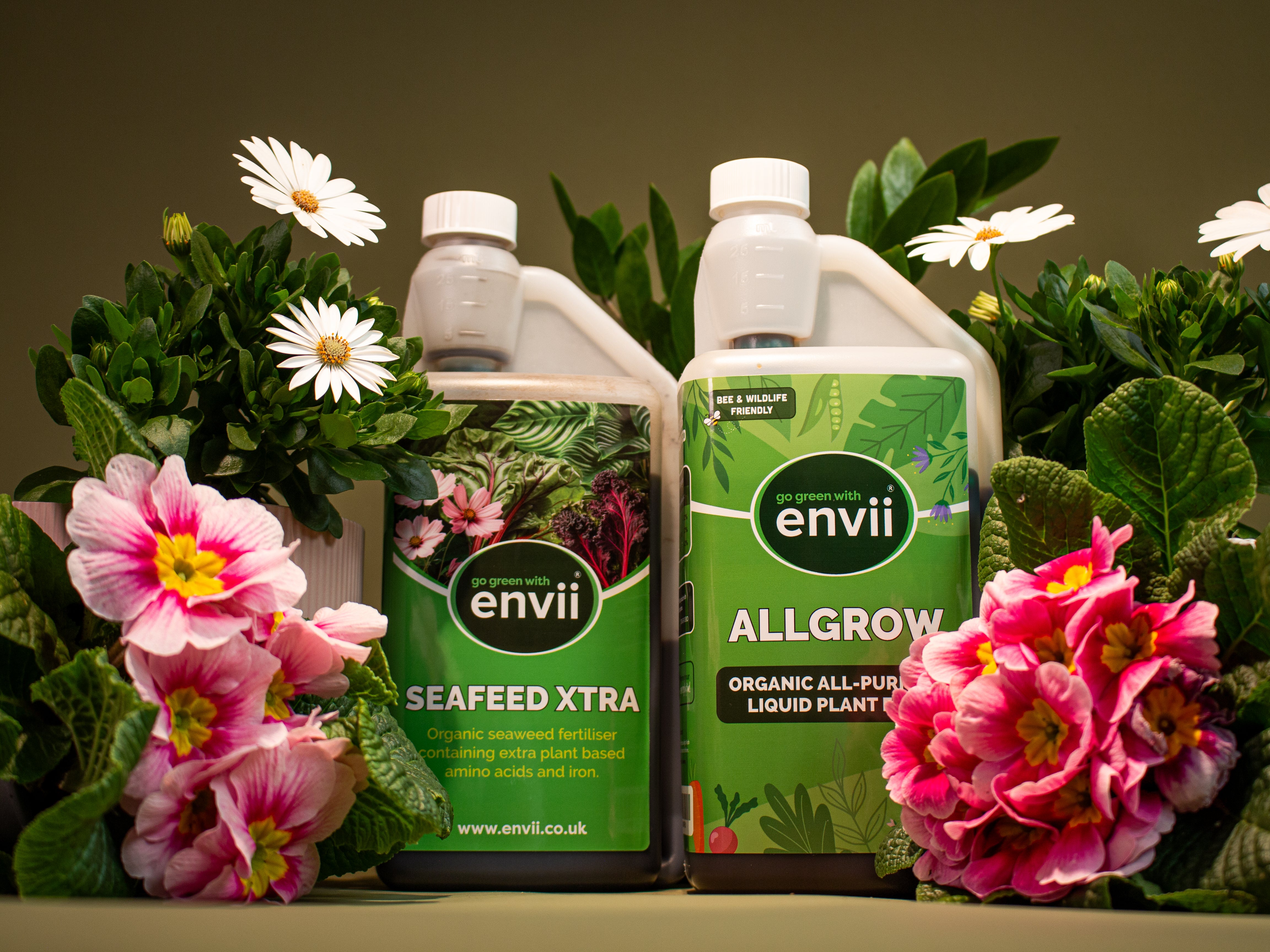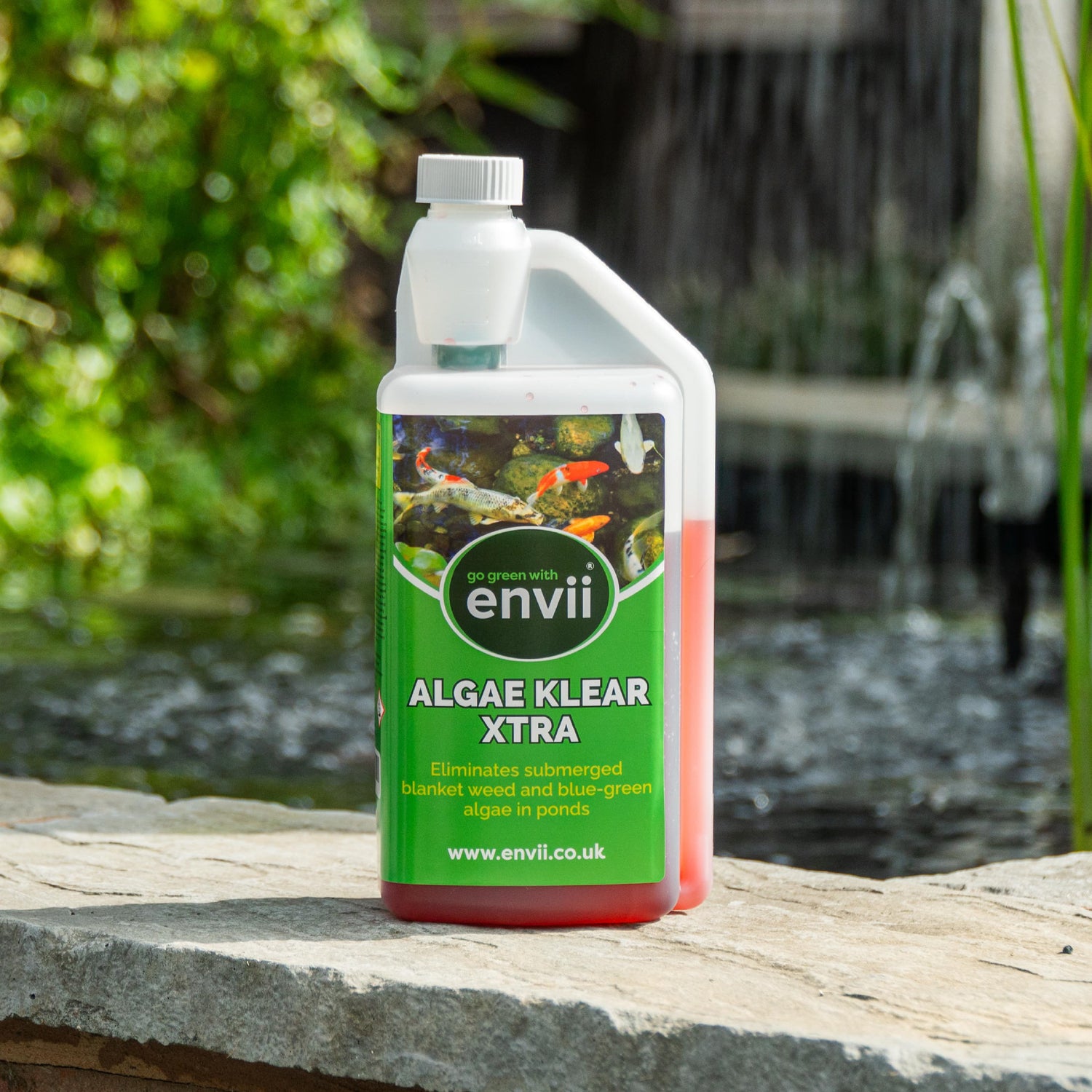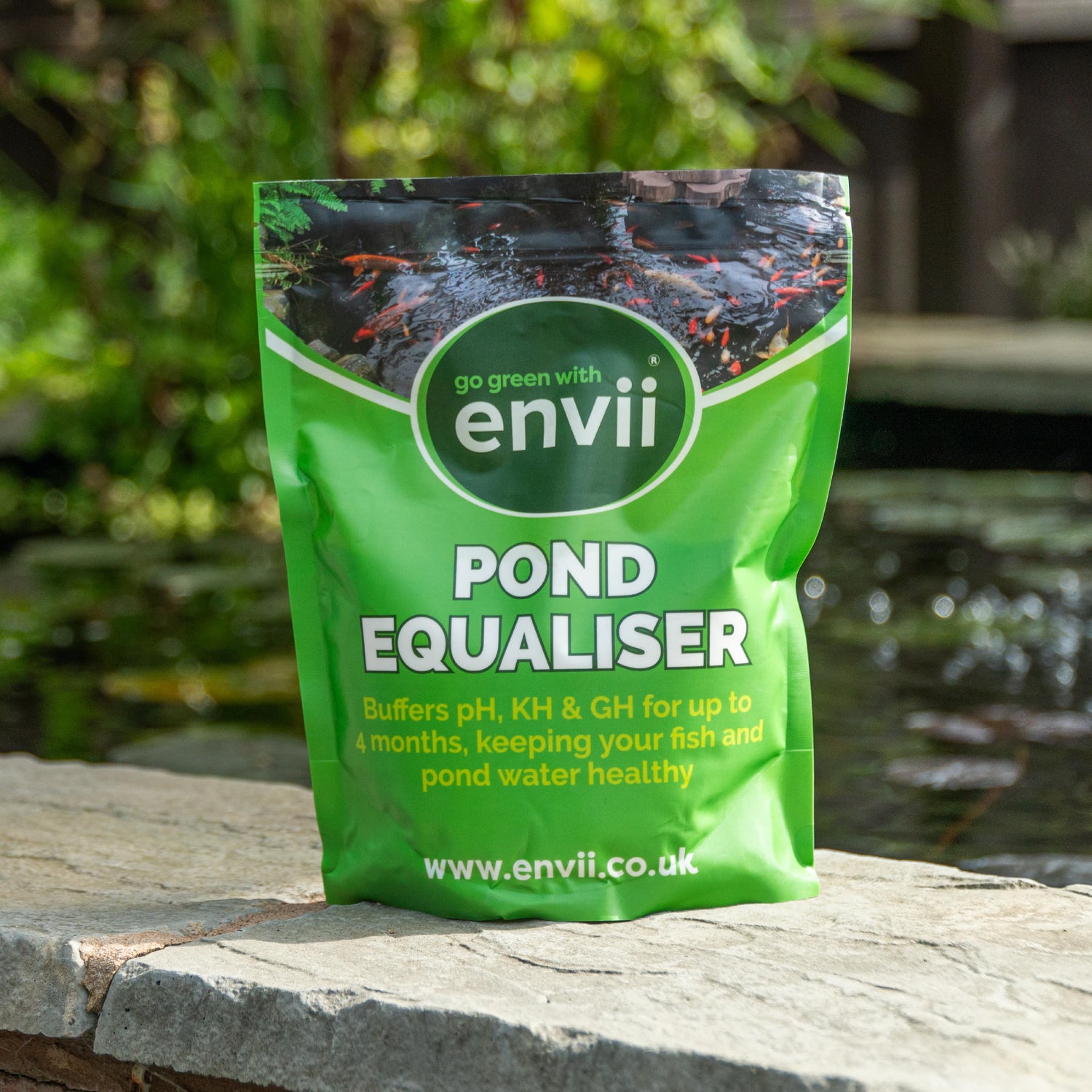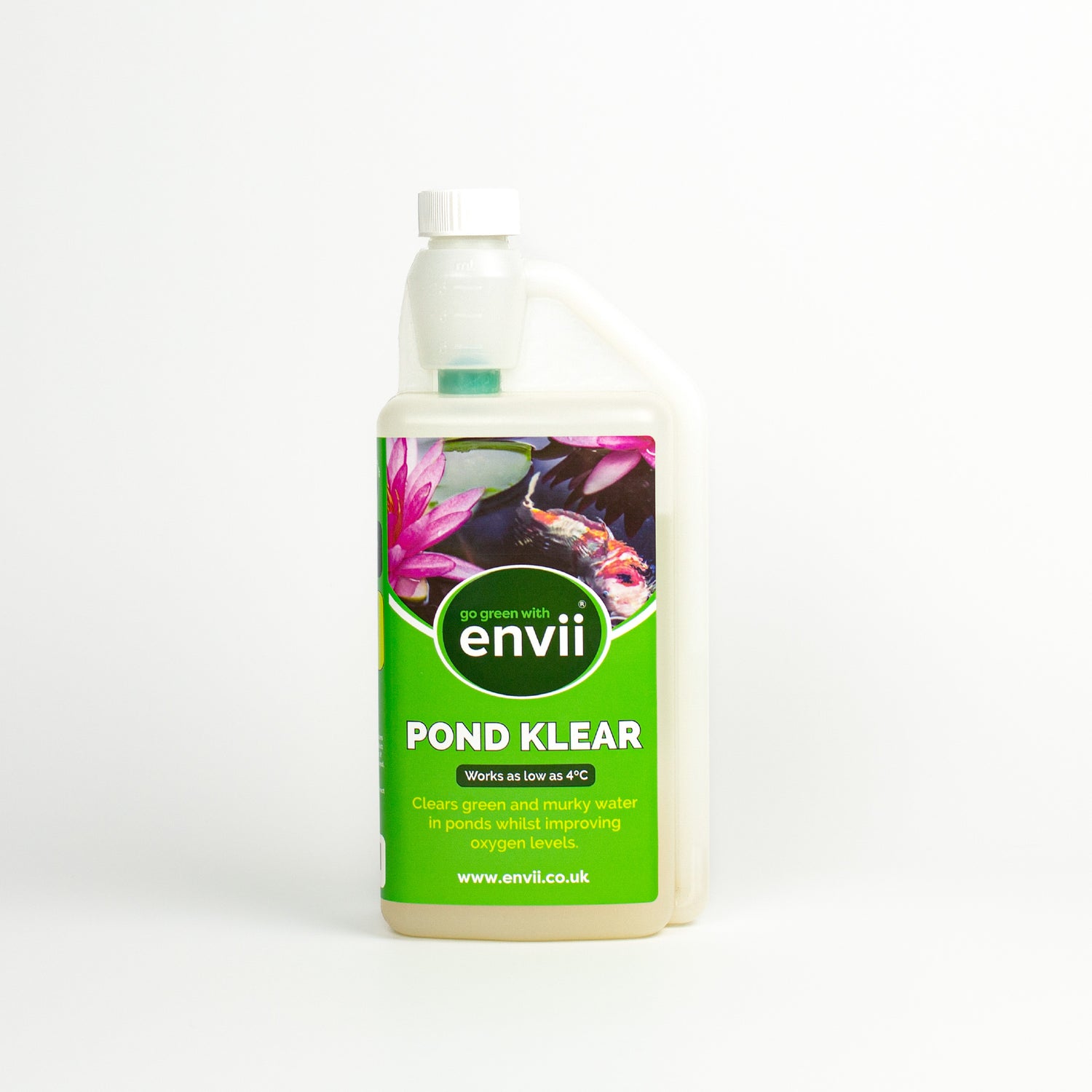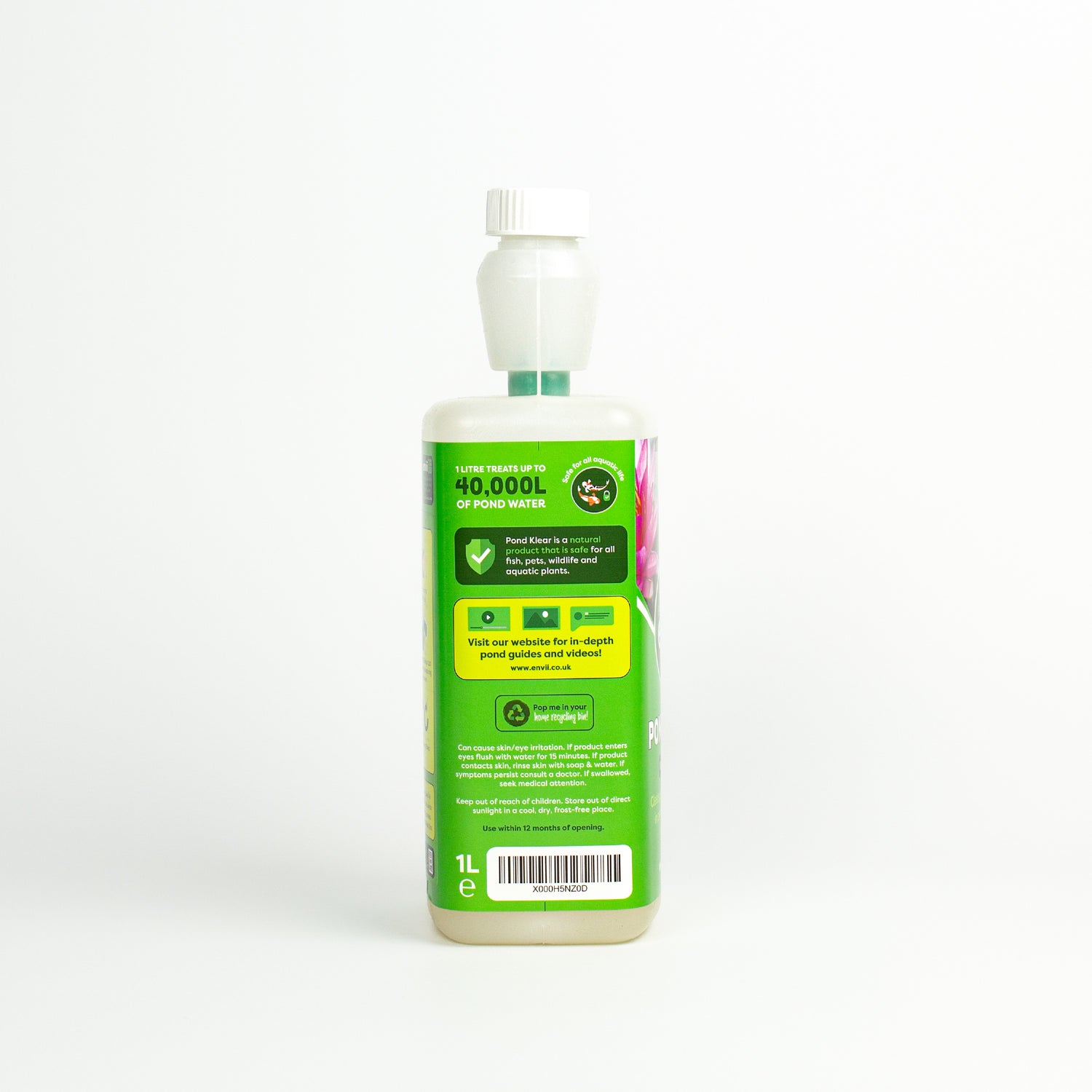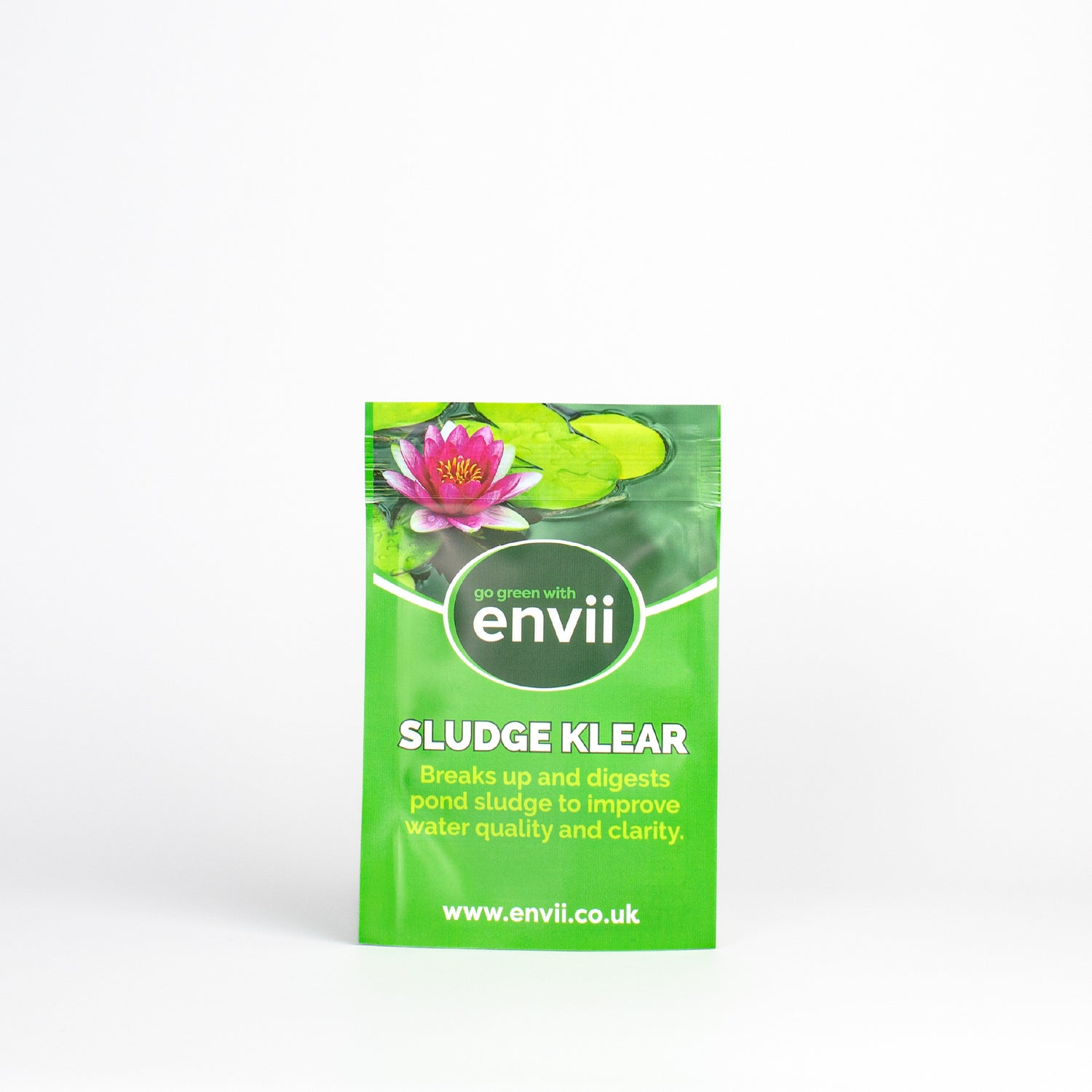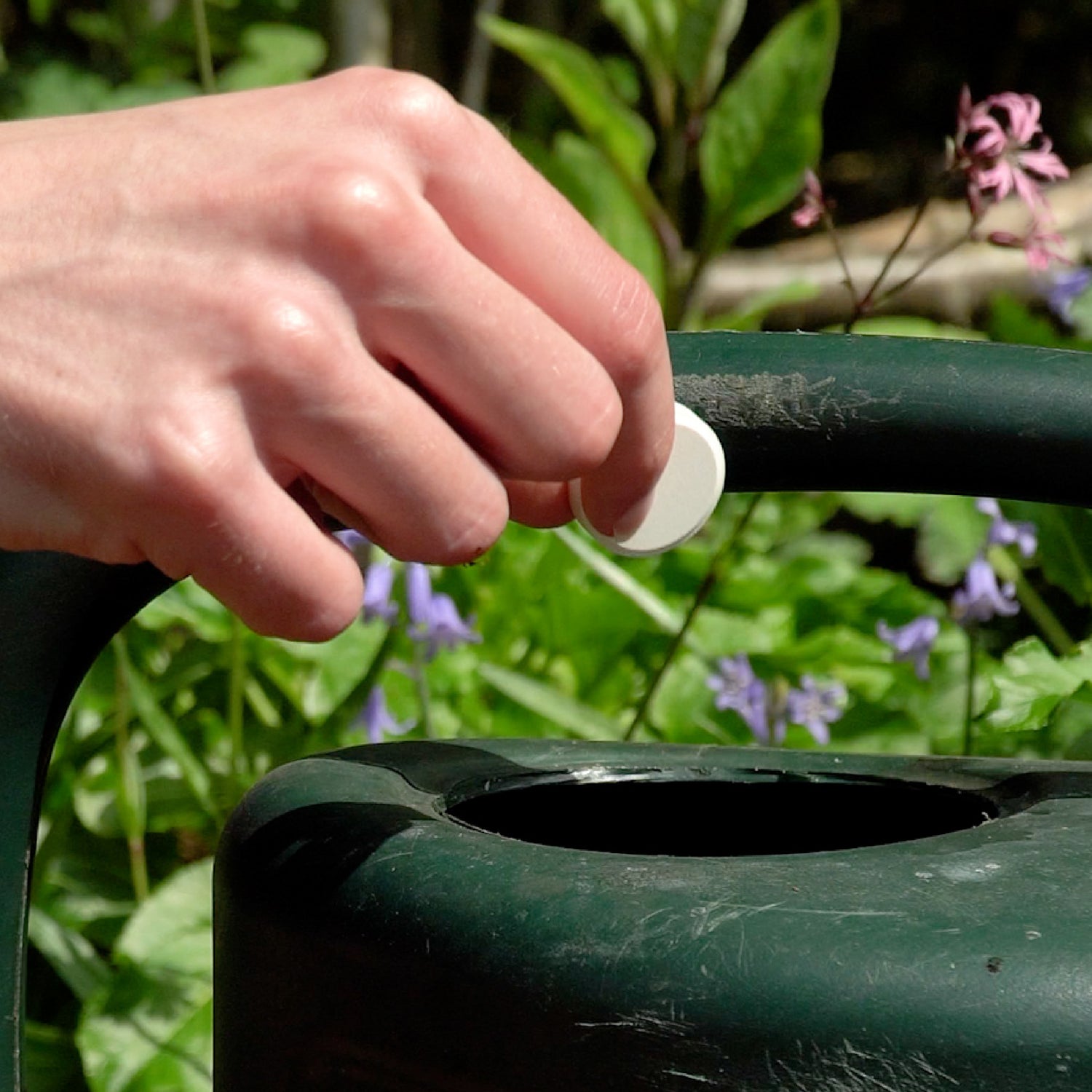Whether you’re nurturing a small wildlife pond or managing a larger natural pond, the right plants do far more than add beauty. They keep the water clean, support wildlife, and create a balanced habitat that’s easier to maintain. Whether you’re just getting into pond care or you’ve had a water garden for years, adding the right plants can make a huge difference. Before you look past the greenery and focus on filters or fountains, take a moment to discover how pond plants can transform your water feature into a healthier, more vibrant environment.
Having plants in a pond provides several benefits:
Water quality and filtration
Filter nutrients:
Aquatic plants act like natural water filters. As they grow, they soak up excess nutrients such as nitrogen, ammonia, and phosphates that would otherwise feed algae. When these nutrients are kept in check, your pond stays healthier and easier to maintain. Instead of relying solely on mechanical filters, you get a built-in, eco-friendly cleaning system in the water.
Tip: It’s always beneficial to check your pond’s parameters on a regular basis to ensure that any pond plants added will contribute positively to the condition of the pond. Check out our guide on Pond Water Parameters for more information. If you know your pond parameters are off, try using Pond Equaliser, a natural solution designed to stabilise the water parameters in your pond, ensuring a safe environment for its inhabitants. The inclusion of calcium in Pond Equaliser helps remove toxic heavy metals and ammonia from the water, both of which can affect pH levels and pose a threat to fish health.

Control algae:
Algae thrives on sunlight and extra nutrients, and pond plants help reduce both. By absorbing the nutrients algae need and casting shade across the water, plants make it much harder for algae to take over. This means fewer green blooms, clearer water, and a pond that looks more like an oasis and less like a swamp.
Tip: If you’re battling algae before you’re ready to place plants in the water and you want to clear your water first, try using Algae Klear Xtra, a highly effective pond algae treatment that eliminates algae and blanket weed within 2-3 weeks. Ideal for treating algae submerged below the water's surface, typically on pond walls, pumps, and plants, Algae Klear Xtra is the go-to solution for managing stubborn algae.

If you're dealing with algae floating on the water’s surface, you’ll need Blanketweed Klear, a powerful and fast-acting treatment designed to tackle floating blanket weed in your pond. Using oxygen to instantly kill the weed, Blanketweed Klear eliminates it within 24 hours, restoring the clarity and beauty of your pond.
If you’re not sure which type of algae you have and want to clear it before placing your pond plants, check out our Ultimate Guide to Blanket Weed for more information.

Produce oxygen:
Through photosynthesis, many pond plants - especially submerged species - release oxygen directly into the water. This oxygen is essential for fish, snails, and other pond life. It also supports beneficial bacteria that help break down organic waste. Plants help keep the entire ecosystem breathing and balanced.
Wildlife habitat
Provide cover:
Pond plants create safe hideaways for all kinds of aquatic creatures. Submerged plants such as hornwort or anacharis, form underwater “forests” where small fish, fry, and larvae can duck out of sight from hungry predators. Taller, emergent plants, such as cattails or reeds, offer structure above the waterline, giving insects and larvae a place to climb up, moult, or escape the water as they transition to their adult forms. These plants turn your pond into a multi-level shelter for wildlife.

Offer resting spots:
Floating plants add more than just beauty; they create important retreats for pond wildlife. Broad-leafed plants like water lilies or lotus provide natural resting platforms where frogs can sunbathe, dragonflies can perch, and insects can take a break. These landing pads help support the day-to-day life of many pond species.

Attract pollinators:
Marginal plants - the ones that grow around the edges of the pond - often bloom with flowers that are irresistible to bees, butterflies, and other helpful insects. When your pond plants start blooming, they don’t just brighten up the water’s edge; they also invite in pollinators that contribute to a healthy, biodiverse outdoor space.
Support the food chain:
Plants form the foundation of your pond’s entire food web. Some animals nibble directly on leaves and stems, while others rely on the insects and microorganisms that plants attract. The shade and structure provided by plants encourage these small critters to thrive, giving fish, frogs, and birds a steady buffet of natural food sources. Healthy plants mean healthy wildlife.
Pond structure and aesthetics
Enhance beauty:
Pond plants are like the finishing touches that turn a pond from a large puddle of water into a vibrant, eye-catching landscape. Their colours, textures and shapes add layers of visual interest, from the peaceful floating water lilies to the tall silhouettes of reeds. As the seasons change, many plants bloom or shift colours, giving your pond a dynamic, ever-changing look. With the right mix of plants, your pond becomes not just water, but a living piece of art.
Tip: Whilst your pond plants can add vibrant colours, you might notice that your water is looking green or murky. To improve the colour of your water, try Pond Klear Xtra; a natural pond treatment designed to clear green and murky water by using beneficial bacteria. With three times more bacteria than our original Pond Klear, it works effectively by binding particles together and sinking them to the bottom of the pond. Unlike other treatments that only temporarily address the issue, Pond Klear Xtra tackles the root cause, maintaining clear water by breaking down particles and preventing them from floating back up into the water column.

Prevent erosion:
Beyond their looks, pond plants do a lot of behind-the-scenes work to keep your pond in good shape. Marginal plants have strong root systems that anchor the soil in place in unlined ponds. This helps prevent the banks from washing away during heavy rain or water movement. By holding the shoreline together, these plants protect your pond’s shape and make maintenance easier, all while adding a natural, well-established feel to the landscape.
A healthy pond is about creating a natural balance and plants are the key to making that happen. From nourishing wildlife to purifying the water, they quietly do the hard work that keeps your pond thriving. Whether you’re starting a brand new pond or improving one you’ve had for years, adding the right plants will bring more life, colour, and stability to your water. With a little thoughtful planting, your pond can become not just a garden element, but a vibrant, art-like ecosystem you can enjoy for years to come.
